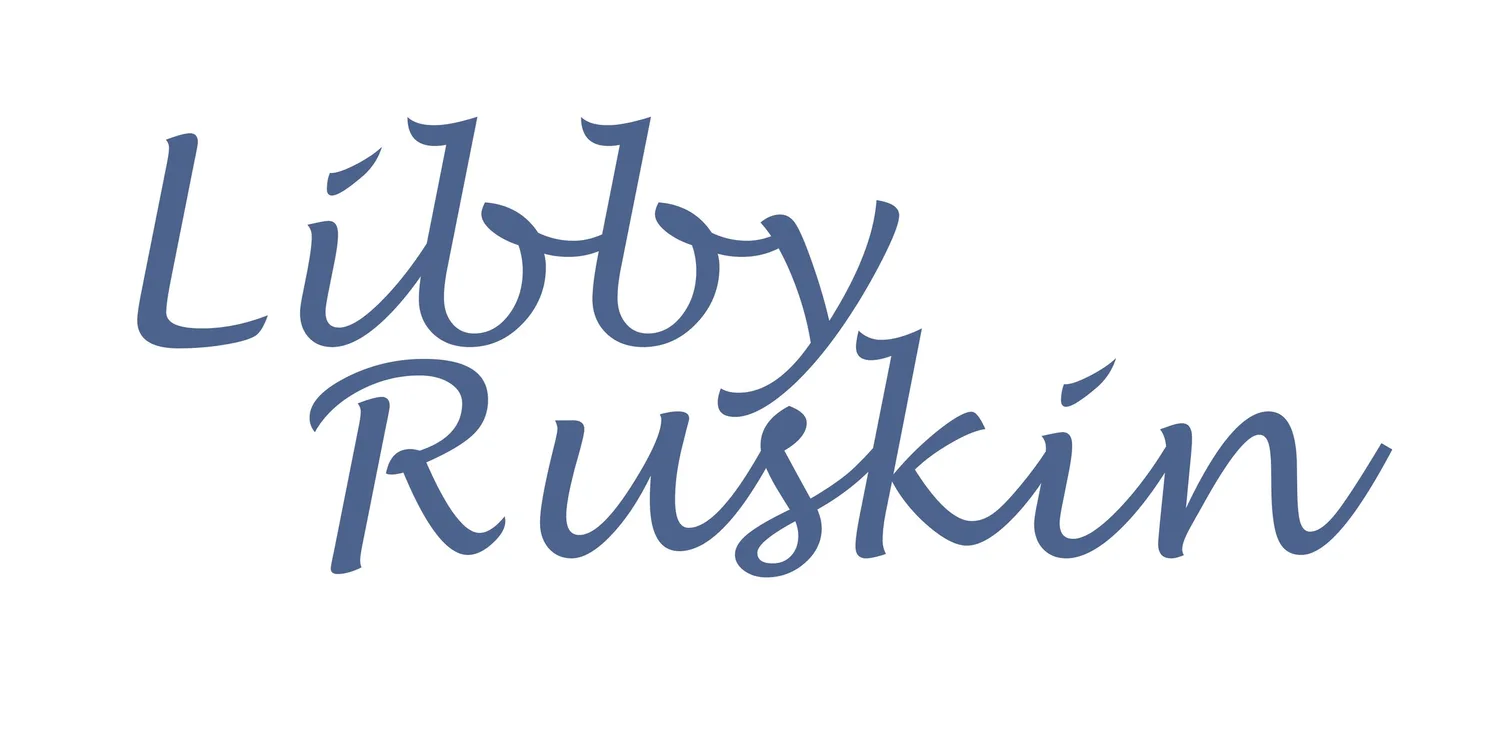Thinking About Your First Triathlon
A Humble Guide for Beginners
You’ve been running the same loop, swimming the same laps, or spinning on the same bike and it’s all starting to feel a bit… beige. You’re not broken, you’re just bored.
That little voice inside you whispering “I wonder if I could do a triathlon…” isn’t ridiculous. It’s your inner athlete looking for a new adventure. And if you’re over forty and feeling daunted, know this: you’re not alone, and you’re absolutely capable.
This isn’t a lecture from a pro. This is a friendly nudge from someone who was once petrified of cleats and wetsuits. Here’s your humble guide.
Is Triathlon Really as Scary as It Seems?
Let’s be honest the word triathlon sounds intimidating. Three sports, one event. Lycra everywhere. People with rock solid bodies. You’re imagining being the last one out of the water or falling off your bike in front of a crowd…. or crossing the finish line when everyone has packed up and gone home!
But here’s the secret no one tells you, most beginners in a triathlon are just like you. They’re normal humans with day jobs, families, and a healthy fear of figure hugging tri suits. They’re not superhumans, they’re just people who decided to train for three activities instead of one.
You don’t have to be fast, you just have to start. And once you’ve started, you’ll discover that triathlon’s “scariness” is really not that scary.
Breaking Down the Fear of Not Being Good Enough
“I’m not a strong swimmer.”
“I haven’t been on a bike in years.”
“I can barely run 5K.”
Sound familiar? Those were my thoughts too. At 51, exercise had become a chore. I was in okay shape, but I’d lost the spark. Triathlon gave it back. Not because it’s a magic sport, (although it actually is. I love it!) but because it demanded something different from me.
Instead of trying to be great at everything straight away, start by building confidence in each discipline separately. If swimming’s your weak spot, give it more time. Haven’t cycled in ages? Start with short rides. Running can begin as a jog/walk — Couch to 5K works. Jelly legs after the bike? Totally normal, and kind of funny once you embrace it.
The fear of “not good enough” melts when you realise no one’s expecting you to be perfect. You’re allowed to be a beginner. It’s actually liberating.
Starting Without Fancy Equipment
When you picture triathlon, you probably think of £5,000 bikes, fancy gear, and elite athletes in futuristic cone head helmets. Good news, you don’t need any of that to start.
Triathlon is about completing, not competing (at least at first). You don’t need to remortgage your house for gear.
Training with What You Have
Here’s what you actually need:
Running: Comfortable shoes. Not the latest model, just a pair that doesn’t hurt your feet.
Bike: A basic road bike or hybrid. Borrow one if you can. Remind your backside what a saddle feels like before committing to long rides. Helmet.
Swim: A swimsuit, cap, and goggles. Wetsuit only if your race requires it — and you can hire or borrow one.
Spend your energy on training, not shopping. The only thing you absolutely must have is snacks. Tri training is like being pregnant, an excuse to stuff your face. (at least it was for me!)
Finding Your Confidence as a Casual Athlete
You might not see yourself as an “athlete.” Maybe you just exercise to stay healthy or de-stress. That’s fine. You don’t have to become a hard-core racer overnight.
Confidence comes from small, consistent wins. Can you swim 400m without stopping? Bike 10K steadily? Run 2.5K comfortably? Congratulations — you’ve just trained for the distances of a super sprint triathlon.
Progress doesn’t have to be dramatic. Even one “brick” session (bike then run) to experience jelly legs can feel like an adventure. Joining a swimming class or a local tri club can turbocharge your confidence too. The energy of people working toward similar goals is infectious.
And don’t forget recovery. As we age, rest days, good food and stretching aren’t optional — they’re your secret weapons. Recovery isn’t “being lazy,” it’s recharging your batteries so you can actually show up.
The Humble Next Steps
Write down what you actually want. Adventure? Challenge? Community? A sense of progression? Be honest — what makes you happy? What excites you? What are your hopes and dreams?
Pick a small challenge that puts you out of your comfort zone and scares you a little. A super sprint triathlon is a great first step. You’ll be amazed how training for it transforms your mindset.
Train consistently, not perfectly. Four days a week is enough for most beginners doing a short distance triathlon.
Celebrate every milestone. Your first uninterrupted swim. Your first ride in cleats without toppling over. Your first brick workout without your legs feeling like concrete.
Where you are now isn’t where you have to stay. That rut you’re in. It’s not the end. It’s the edge of a new beginning.
Triathlon isn’t about being the fastest or the fittest. It’s about rediscovering the joy of movement, the thrill of learning new skills, and the satisfaction of finishing something you once thought impossible.
The spark that first got you moving is still there. It’s just waiting for the right challenge to reignite it. Maybe, just maybe, your first triathlon is exactly that challenge.
And if you want to see exactly how someone over fifty made it work, my book Stronger Every Mile takes you behind the scenes of my training from day one. Spoiler - it wasn’t glamorous, but it was life changing.
